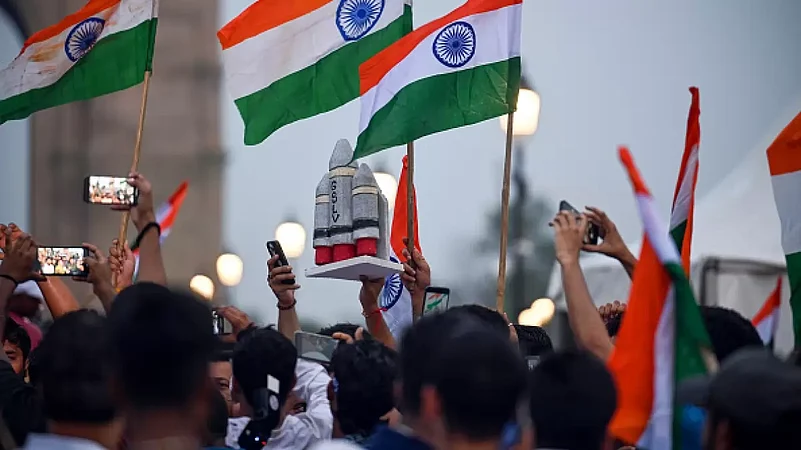Indian Space Research Organisation's (ISRO) name last evening entered the global elite space club for achieving an unmatched feat of making a successful soft landing on the south polar surface of the moon.
In Pictures: India Celebrates ISRO's Success As Chandrayaan-3 Lander Touches Lunar South Pole
Indian Space Research Organisation's (ISRO) name last evening entered the global elite space club for achieving an unmatched feat of making a successful soft landing on the south polar surface of the moon.

Chandrayaan-3
Chandrayaan-3
Published At:
MOST POPULAR
WATCH
MORE FROM THE AUTHOR
×





















